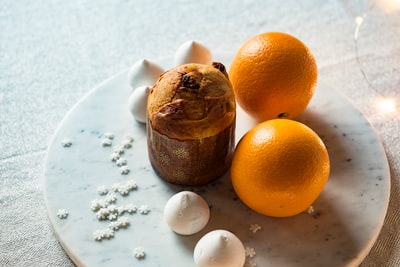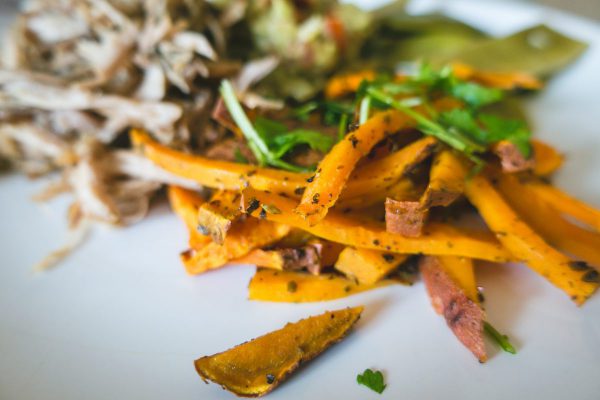Ingredients
- 500 grams flour
- 150 grams butter
- 40 grams yeast
- 4 1/2 less
- 2 eggs
- 1 egg
- 1/4 litre milk
- 1 gr salt
Heat the milk a bit and then dissolve the yeast in it.
Make a well in the flour, and pour the yeast mixture into it. Let rest for half hour.
Then, add the remaining milk and the salt, and knead well. Vigorously beat the dough until it forms bubbles, then cover, and in a warm spot, let rest for 1 hour. Cut off fist size pieces, and on a floured pastry board let these pieces rise one more time, for another 15 minutes.
In a wide pot, melt the fat, and then add warm, salted water to a depth of about 2 cm. Add the dumplings, arranged in one layer, touching each other.
Put a lid on the pot, and additionally seal the edges where the lid rests on the pot with damp cloths in order to keep the steam inside.
Bake at low heat. The dumplings should be done in about 20 minutes, and have the highly desirable 'Schuepet' (hard, brown crust) on the bottom.
'Dampfnudle' may be served sour, with sauerkraut, or sweet, with stewed fruit or vanilla sauce.
Variation: DAMPFNUDLE IN DER SCHLEIFERBRUEH* (Steamed Dumplings in thin gravy):
Prepare as for regular 'Dampfnudle', but prior to arranging them in the pot, thoroughly dust the bottom of each dumpling with flour.
During the steaming process, the flour and water will form a whitish gravy that is called 'Schleiferbrueh'.
[*Note: In the olden days, scissors-and-knife grinders would go from house to house, wheeling a little cart with a round, treadle-operated whetstone.
The bottom of the whetstone would be in a bit of water, which with the treadle turning the stone would keep the grinding surface wet. As the grinder sharpened knives and scissors, a bit of the whetstone would wear off, and this somewhat cloudy water was the original application of the term 'Schleiferbrueh'. K.B.]


